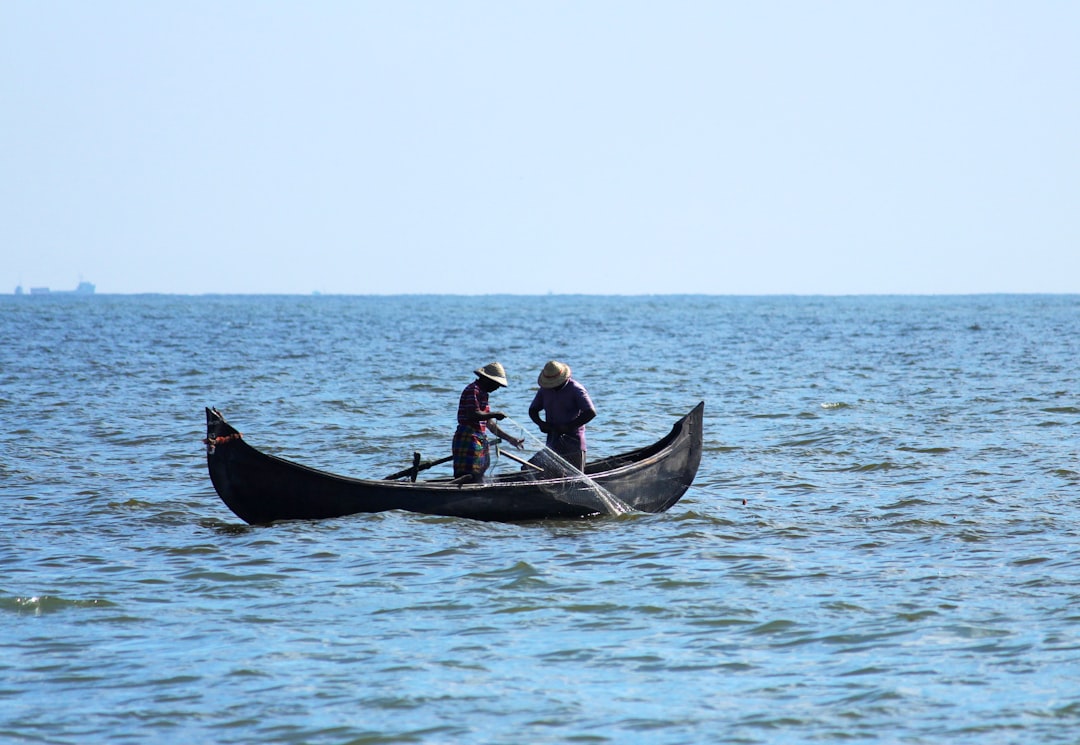What is it about?
We collected information on the locations of geophagy sites across South America. For each site we also collected parrot species richness data. The highest concentration of claylicks was in the western Amazon, as was the highest species richness. Species richness was also explained from distance to the Atlantic ocean areas. Vegetation type and geology coupled with location in the Amazon best describe the spatial patterns observed. Overall, this supports the contention that the need for dietary sodium best explains geophagy on the scale that it is observed in the Amazon.
Featured Image
Why is it important?
Physiological needs and how these translate into behavior are poorly understood for many tropical phenomena. In addition, understanding where these sites are is important for conserving the species that require element supplementation through geophagy.
Perspectives
The sights and sounds associated with visiting a parrot claylick are one of the most incredible avifaunal spectacles in the world. Certainly, my first visits to the colpita at Explorer's Inn remain etched in my mind forever. The sight of 100+ macaws whirling around the giant colpa at Tambopata Research Centre will never be forgotten. Parrot geophagy is thus a cornerstone to the successful ecotourism industry in southeastern Peru. Understanding this is important also for the conservation of the many species (not just parrots) that visit these special places.
Dr Alan Tristram Kenneth Lee
University of Cape Town
Read the Original
This page is a summary of: Parrot claylick distribution in South America: do patterns of “where” help answer the question “why”?, Ecography, November 2009, Wiley,
DOI: 10.1111/j.1600-0587.2009.05878.x.
You can read the full text:
Contributors
The following have contributed to this page










